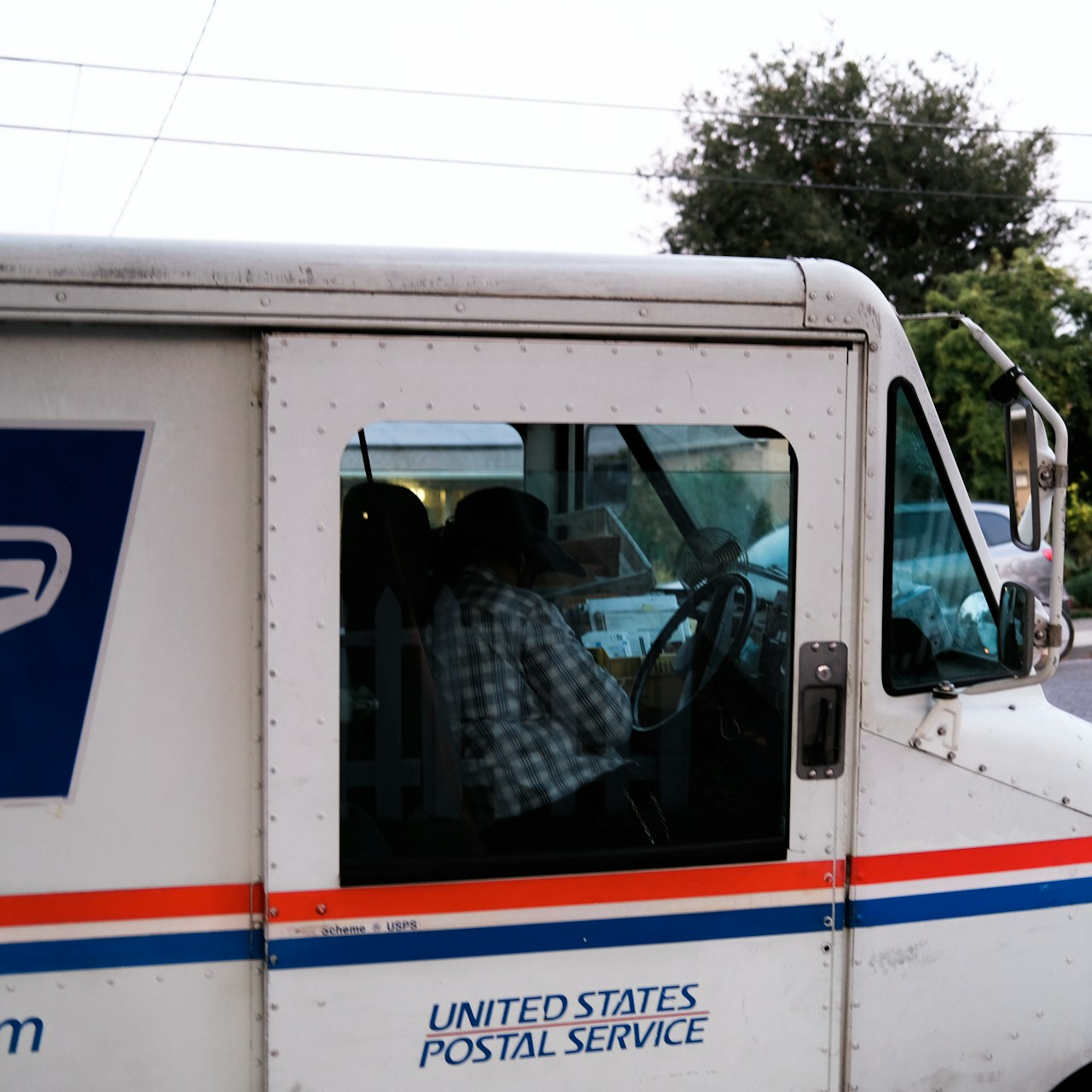Key Takeaways
-
Medicare Part B provides essential outpatient coverage, including preventive services, to help you manage your health and detect potential issues early.
-
Understanding how Medicare Part B integrates with your PSHB plan can help you maximize benefits and minimize out-of-pocket costs.
Breaking Down Medicare Part B Coverage
Medicare Part B is often called the foundation of outpatient care under Original Medicare. As part of your healthcare plan, it focuses on services that help you maintain your health, detect problems early, and receive necessary treatments without hospital admission. For Postal Service Health Benefits (PSHB) participants, this coverage becomes even more relevant when paired with additional benefits under the PSHB program.
What Medicare Part B Covers
Medicare Part B spans a broad range of services, including:
-
Doctor Visits: Coverage includes routine checkups, specialist consultations, and diagnostic tests.
-
Preventive Care: Screenings like mammograms, colonoscopies, and diabetes checks are fully covered.
-
Outpatient Procedures: Services like surgeries that don’t require an overnight hospital stay fall under Part B.
-
Medical Equipment: Items such as wheelchairs, walkers, and oxygen supplies are covered if deemed medically necessary.
-
Mental Health Services: Includes outpatient counseling and therapy sessions.
These services are vital to staying proactive about your health, especially as Medicare beneficiaries often manage multiple health conditions.
Understanding the Costs of Medicare Part B
Cost-sharing is a significant aspect of Medicare Part B. Here’s what you need to know:
-
Monthly Premiums: In 2025, the standard premium for Part B is $185. Higher-income earners may pay more under the Income-Related Monthly Adjustment Amount (IRMAA).
-
Deductibles: You’ll need to meet an annual deductible of $257 before Medicare Part B begins covering its share.
-
Coinsurance: After meeting the deductible, you typically pay 20% of the Medicare-approved amount for services, with no upper limit on costs unless you have additional coverage like a PSHB plan.
How Medicare Part B Works with PSHB
For Postal Service retirees and annuitants, integrating Medicare Part B with PSHB can reduce out-of-pocket costs significantly. PSHB plans often coordinate benefits with Medicare to:
-
Limit Out-of-Pocket Expenses: Many PSHB plans cap your total costs for Part B-covered services.
-
Expand Coverage: Your PSHB plan may cover services that Medicare Part B does not, such as routine dental or vision care.
-
Simplify Payments: Claims are typically processed seamlessly between Medicare and your PSHB plan.
Enrollment Deadlines and Key Timelines
Enrollment in Medicare Part B is critical to maintaining full PSHB coverage. Here are the key enrollment periods:
-
Initial Enrollment Period (IEP): This seven-month window begins three months before your 65th birthday and ends three months after.
-
General Enrollment Period (GEP): From January 1 to March 31 each year, you can enroll if you missed your IEP. Coverage starts July 1.
-
Special Enrollment Period (SEP): If you’re still working and covered by employer insurance, you’ll have an eight-month SEP after leaving employment or losing coverage.
Failing to enroll in Part B during these periods can result in lifelong penalties, which increase your premium by 10% for each 12-month period you were eligible but didn’t enroll.
Maximizing Your Preventive Services
Medicare Part B emphasizes preventive care, offering several screenings, vaccines, and wellness visits at no additional cost to you. These services are designed to:
-
Detect Conditions Early: Screenings for cancer, heart disease, and diabetes catch potential problems before they worsen.
-
Stay Protected: Vaccinations, including flu and pneumonia shots, help you avoid preventable illnesses.
-
Develop a Health Plan: Annual wellness visits let you and your healthcare provider create a personalized prevention strategy.
Navigating Outpatient Services
Outpatient care often involves numerous appointments and treatments, so knowing what’s covered under Medicare Part B can save you both time and money. Common services include:
-
Physical Therapy: Critical for recovery after surgery or injury.
-
Dialysis for Kidney Disease: Coverage includes both the treatment and associated medications.
-
Lab Tests: Bloodwork and other diagnostic tests are covered if ordered by a Medicare-approved doctor.
To avoid unexpected costs, always confirm that your providers accept Medicare assignment.
Managing Costs Beyond Part B
While Medicare Part B covers a lot, it doesn’t pay for everything. Here’s how your PSHB plan can step in:
-
Supplemental Coverage: PSHB plans often cover Part B’s coinsurance or copayments, reducing your financial burden.
-
Additional Benefits: Many PSHB options include perks like fitness programs, telehealth services, and wellness incentives.
-
Prescription Drugs: Medicare Part B only covers a limited number of outpatient drugs; your PSHB plan can fill these gaps, often at a lower cost.
Planning for the Future
As healthcare costs and needs evolve, it’s essential to revisit your coverage annually during Open Season. Reviewing your Annual Notice of Change (ANOC) ensures you understand any updates to your PSHB plan and how it interacts with Medicare Part B. Key areas to assess include:
-
Changes to premiums and deductibles.
-
Updates to covered services.
-
Shifts in provider networks.
Empower Your Healthcare Choices
Staying informed about Medicare Part B and how it integrates with your PSHB plan puts you in control of your healthcare. Understanding your coverage options, planning for costs, and utilizing preventive care are all steps toward a healthier, financially secure future.
Take the Next Step in Your Healthcare Journey
Whether you’re new to Medicare or looking to optimize your current plan, now is the perfect time to align your Medicare Part B and PSHB benefits. With the right strategy, you can ensure comprehensive coverage that meets your needs.







